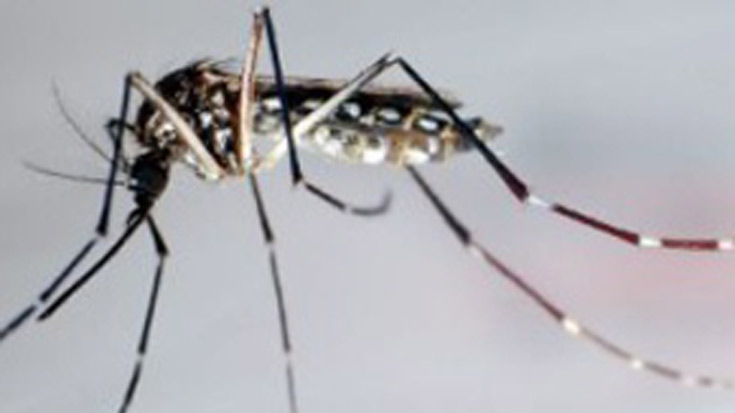A buzzing can be the first warning, then comes the bite. A few days later, headache, fatigue, high fever and sometimes nausea. Over 2.3 million Latin Americans had these symptoms last year. They were victims of the Aedes aegypti mosquito, the insect that transmits dengue fever.
The Pan American Health Organization (PAHO) reported a record number of cases for the region, where dengue is considered endemic, except in Chile and Uruguay. Of the cases affecting Latin America in 2013, over 37,000 were of the more serious hemorrhagic type and 1,280 deaths from the disease were reported.
Dengue is a disease for which the best prevention is insect repellent, mosquito nets and good hygiene. Prevention and timely treatment are the most effective vaccine.
Just 10 years ago in Latin America, dengue was “on its way out”: 267,000 cases and just 70 deaths were reported.
So, what happened? For Fernando Lavadenz, senior expert in health at the World Bank, an “epidemic expansion,” facilitated by climate change – higher temperatures and increased humidity – along with the advance of unplanned urbanization and other factors, created an imbalance in the mosquito habitat, making it more likely to reproduce and to circulate in more densely populated areas.
Currently, air and land traffic, migration of the different serotypes of the virus that causes dengue and the limited capacity of health care systems to respond in a timely, appropriate manner to the disease, have made the situation worse.
So far in 2014, the Andean region has reported the largest number of cases, with 29,727, followed by the Southern Cone fueled by Brazil, and then Mexico and Central America, which in the first half of this year have not reported an increase in cases as compared with previous years.
However, countries such as Nicaragua -- where 22 deaths were reported--, Panama and Venezuela have suffered outbreaks of the disease even though the rainy season, when the Aedes aegypti mosquito is most prevalent, has not yet begun.
A mosquito without a country
This year, World Health Day (April 7) will focus on vector-borne diseases. With the slogan Small Bites, Big Threats (#smallbites, #bigthreats), the World Health Organization (WHO) seeks to raise public awareness about the importance of simple protection measures, such as the use of mosquito netting and the reduction of breeding sites. The WHO estimates that 40% of the world’s population is at risk from dengue.
Although the mosquito does not recognize national borders, the number of cases and deaths across countries differs according to the total population and the country’s response capacity. Argentina is a case in point: that country, with over 40 million inhabitants, managed to change the course of the disease, reducing dengue cases by 96% in just one year.
Between January and May 2009, Argentina suffered the worst outbreak of dengue in its history. The virus quickly spread through 16 provinces. Over 26,000 people fell ill and five died. “A dengue case every 15 minutes” was the statistic that made the news headlines. However, the following year’s numbers reflected a completely different reality: just 900 cases of dengue were reported in 2010, and since then, not a single death has been attributed to the disease.
But dengue did not just magically disappear.
According to Lavadenz, the Ministry of Health’s national and provincial offices implemented a comprehensive strategy, with support from the World Bank and PAHO/WHO. A massive epidemiological surveillance system was established: the immediate reporting of cases, timely treatment (in several areas around the country), installation of emergency care tents, the necessary investment in logistics and supplies to eliminate mosquito breeding grounds, as well as a large-scale public awareness campaign to stem the epidemic.
Carlos Cairo, a coordinator at the Argentine Ministry of Health, said that, “in the fight against dengue, the key is cultural change, both in the health teams and the communities.”
Thus, people agreed to the descacharizado effort – to eliminate containers that could store water where the mosquito deposits its larvae. Additionally, health care professionals were empowered to diagnose and provide treatment quickly.
“The way to ensure fewer cases is to make a pact with society,” added Lavadenz, who says that the economic costs of dengue go well beyond health system costs.
Although dengue no longer makes headlines in Argentina, it is still causing headaches in neighboring countries: last year, Paraguay recorded more than 150,000 cases and 233 deaths whereas Brazil had 1.5 million cases and 456 deaths.

